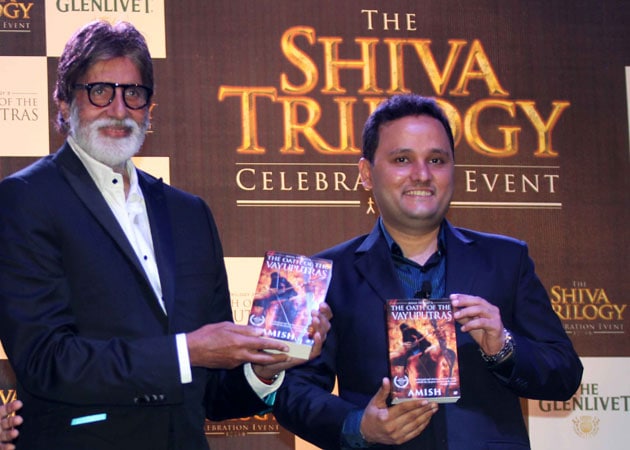

Woman power is dominant through the series – Sati’s character shows her as a caring daughter of Emperor Daksha and Queen Veerini, the ever-loving and inseparable consort of Shiva, and doting mother of Ganesha and Kartik, but her final skirmish with foreign assassins leaves you devoid of words of praise. The lucidity of language, the gripping plot that binds the three series with a single thread, vivid descriptions of places such as Devagiri, Panchvati, Pariha, or Kashi, the architecture and engineering prowess displayed in buildings and structures in those generations, the shrewdness and strategic marvel shown by leaders … leaves you wanting for more. However, I would always come back to where I left, and never felt as if I lost the thread.


It took me over 18 months to complete reading this series, thanks to my hectic schedule involving work, home management and running behind an overenergetic toddler. The Trilogy is bound by Lord Shiva’s pursuit for the eventual truth, identifying and correcting the imbalance between Good and Evil, and how he takes on the role of the Neelkanth, by deploying his power, through persuasion, persistence, strategic intelligence, or warfare, all with a single-minded commitment to free the world from Evil. It makes it amply evident why Lord Shiva is also known as Bholenath, thanks to his sheer simplicity, humbleness and modesty, though he represents immense power and intelligence, enough to make an entire nation quiver. We cannot read them in any other order or just pick any one in isolation.

The three-part series – The Immortals of Meluha, The Secret of the Nagas and The Oath of Vayuputras - resembles pieces of a large jigsaw puzzle, where if a single piece is removed, the picture cannot be completed. By the Holy Lake… An afterthought on the Shiva Trilogy


 0 kommentar(er)
0 kommentar(er)
